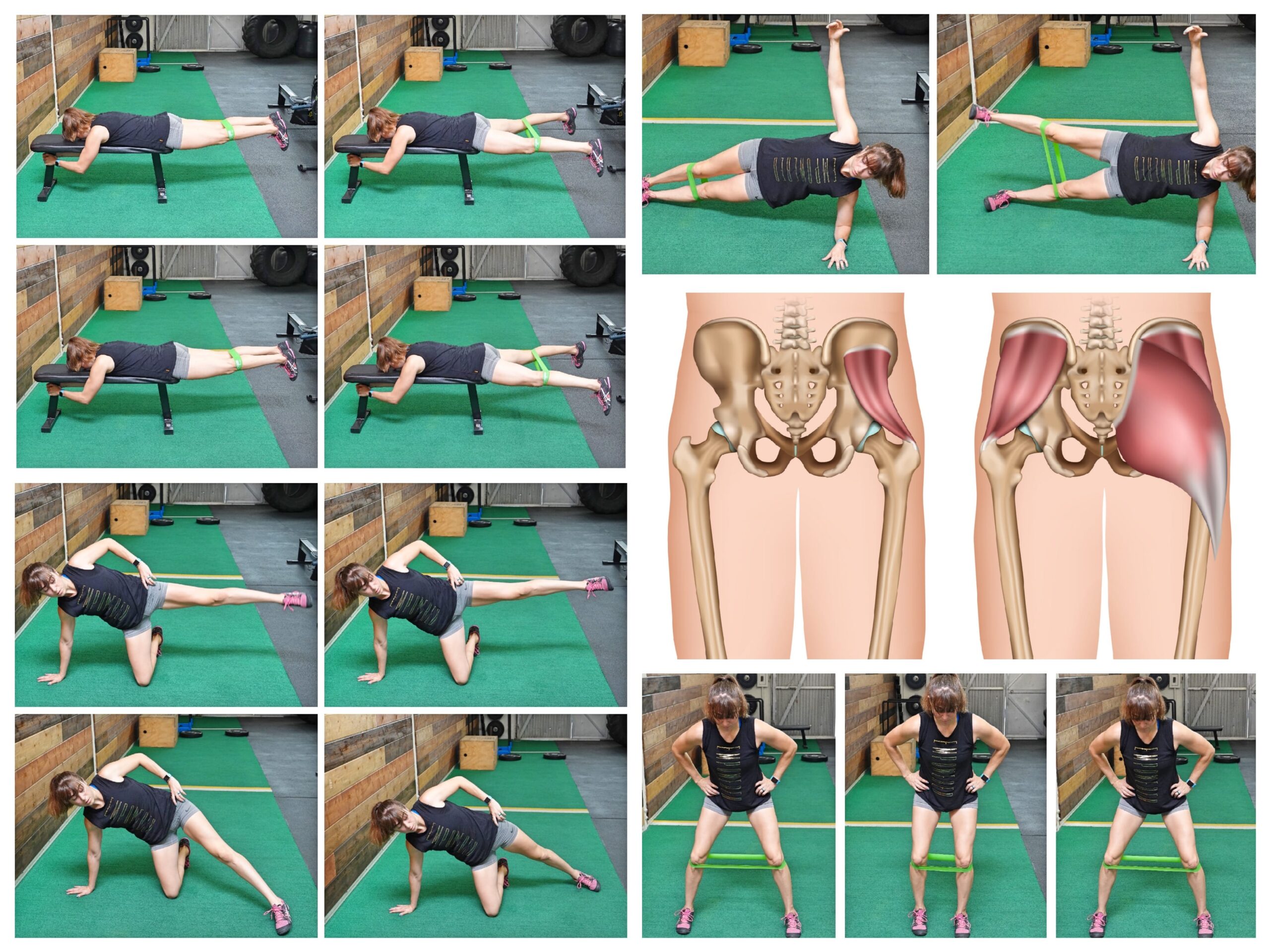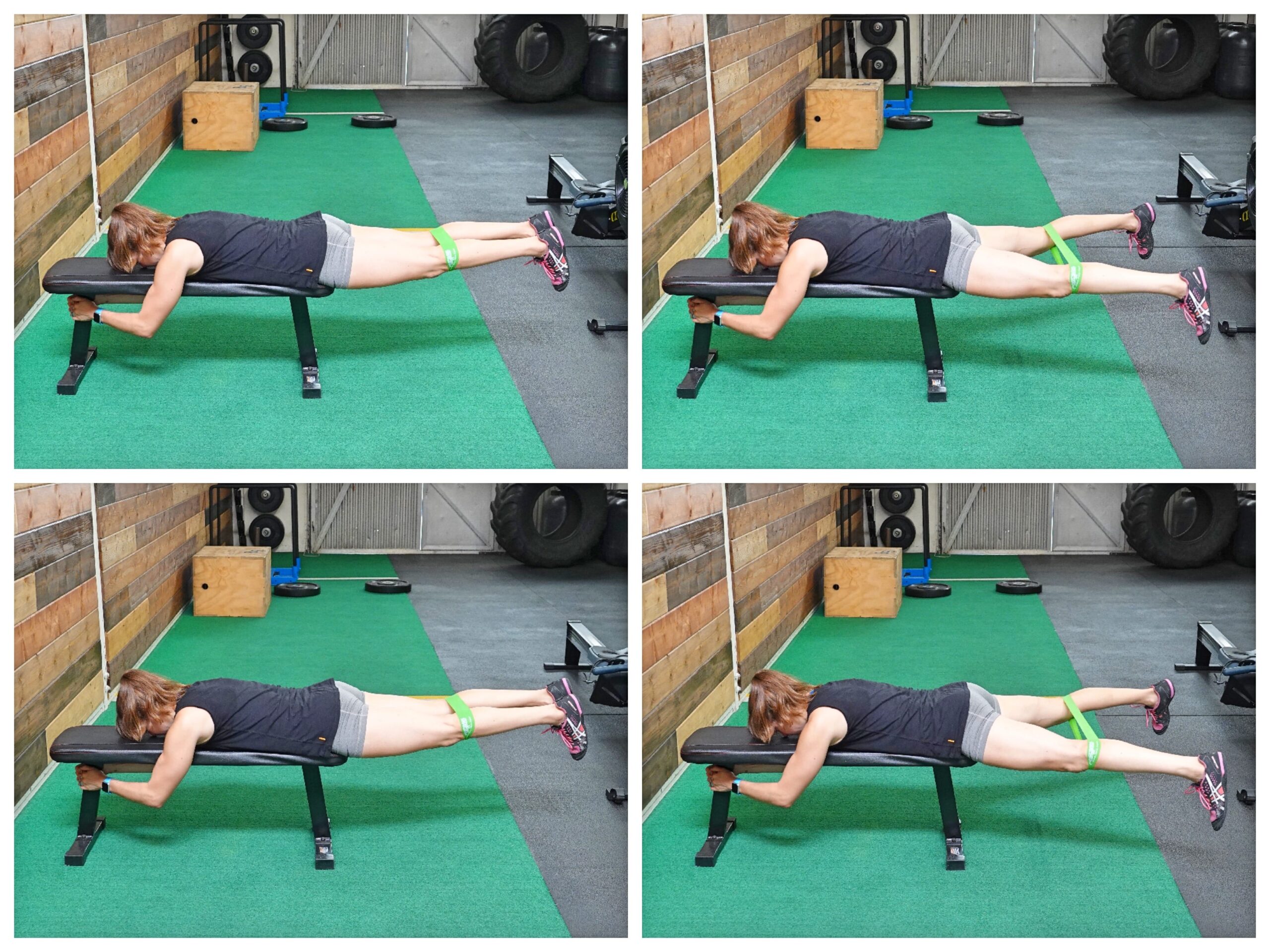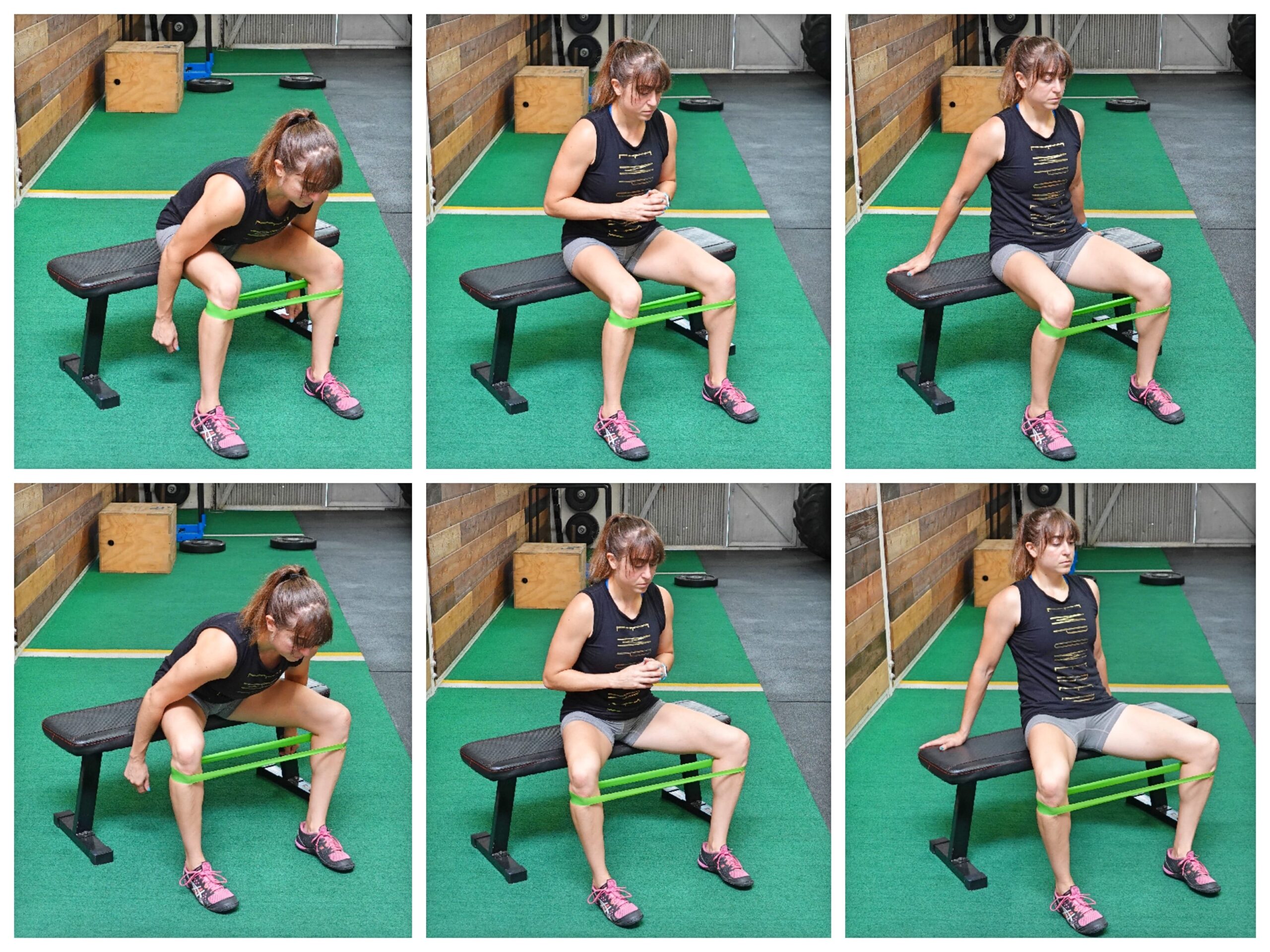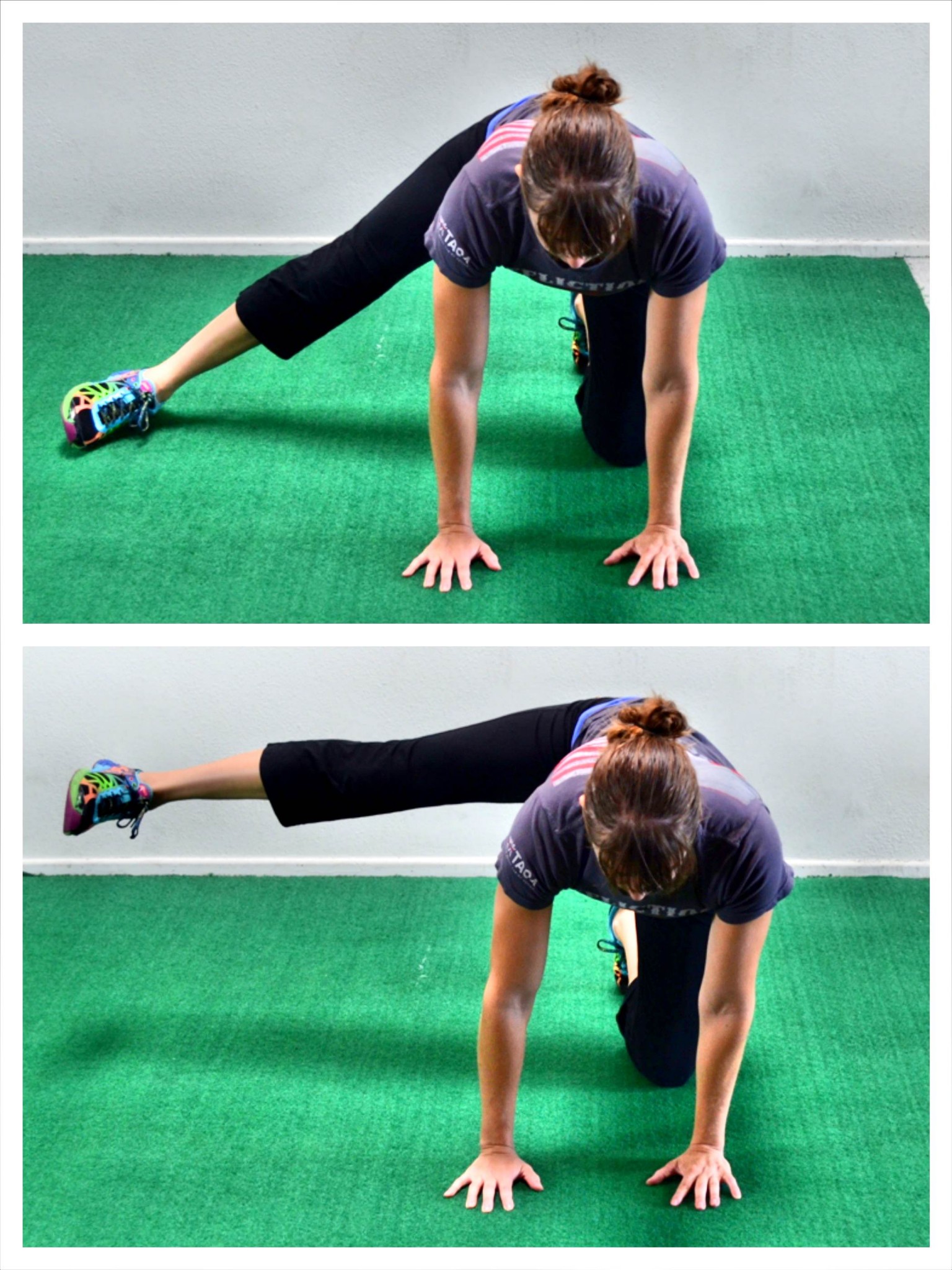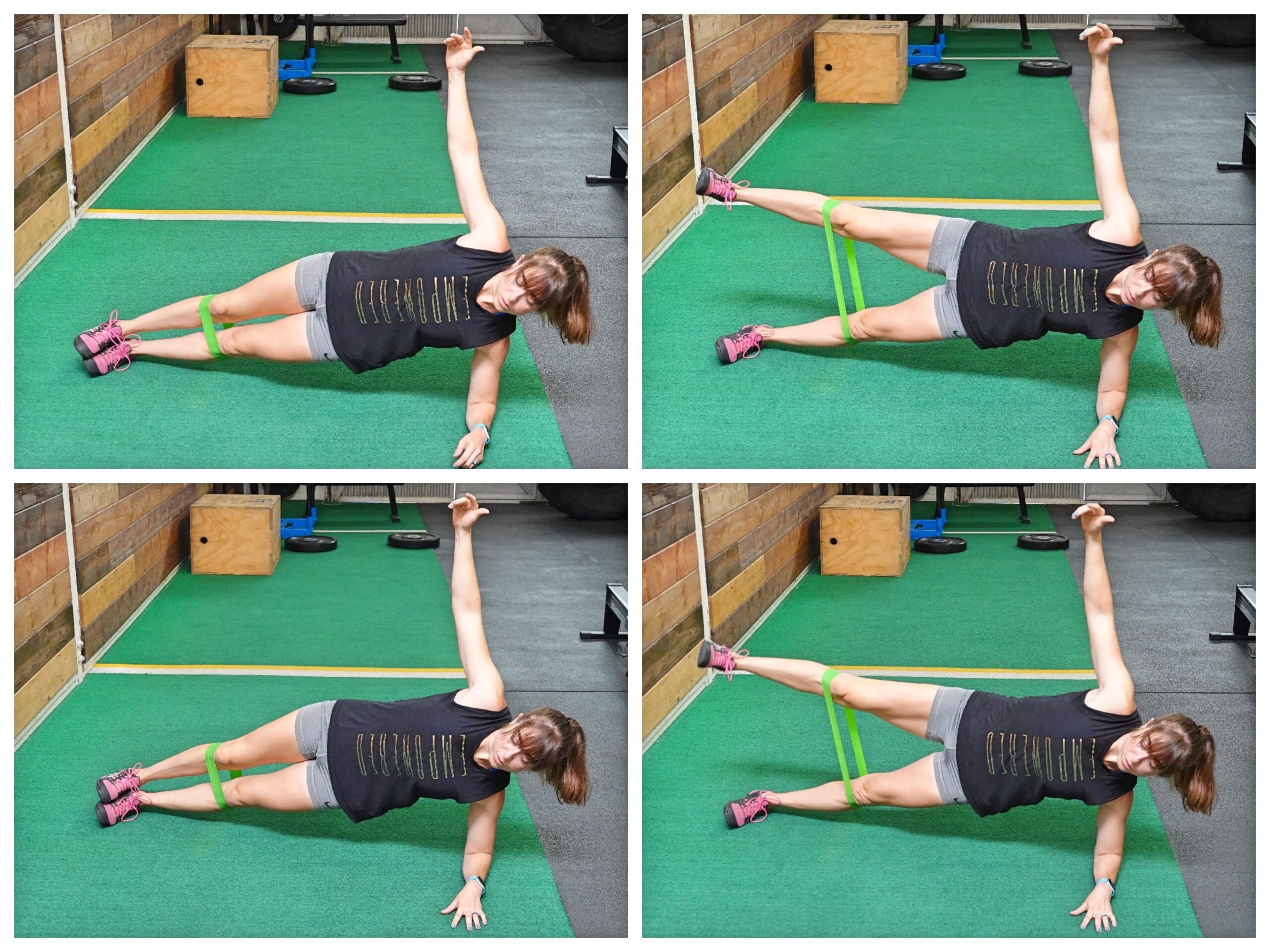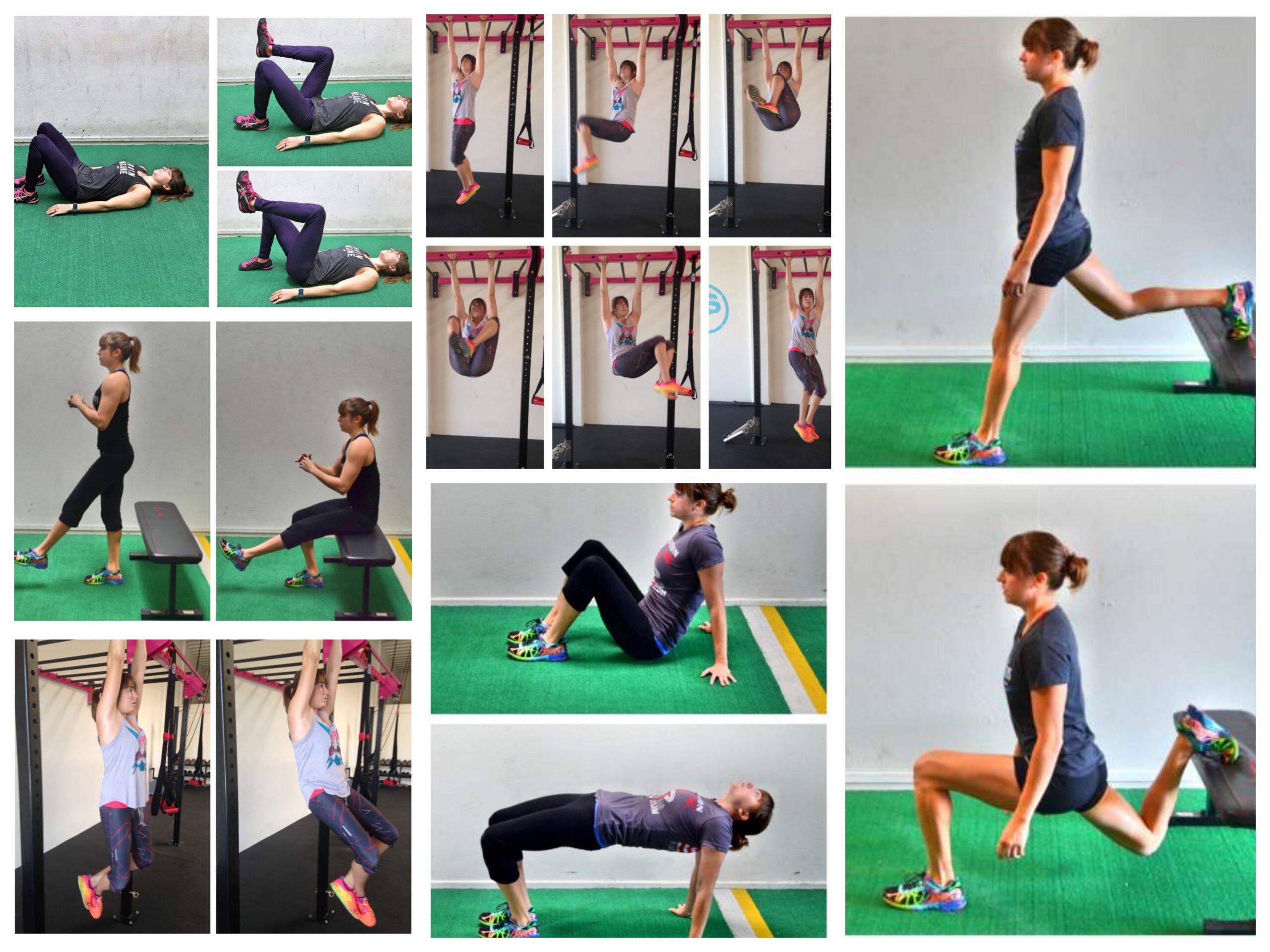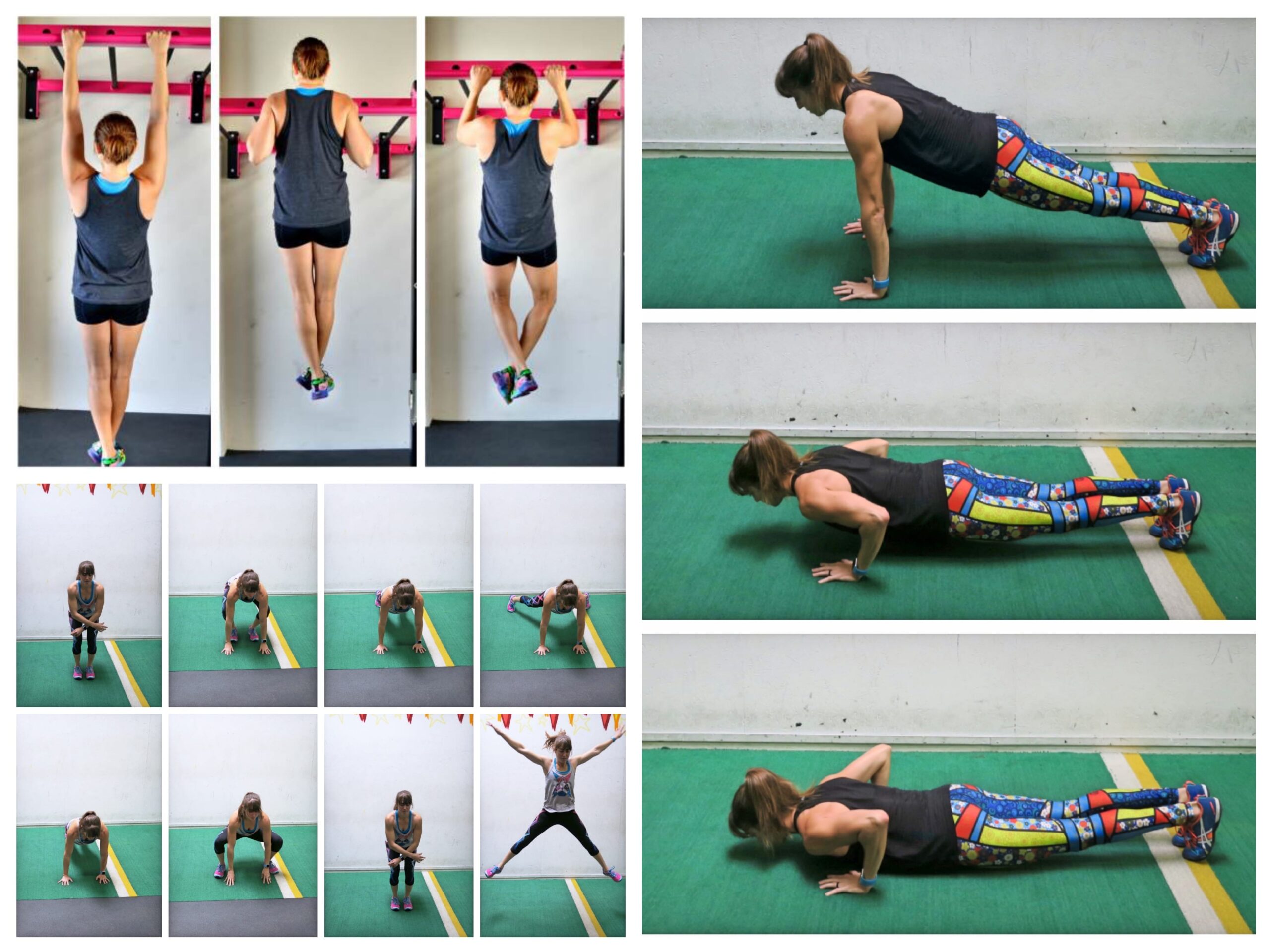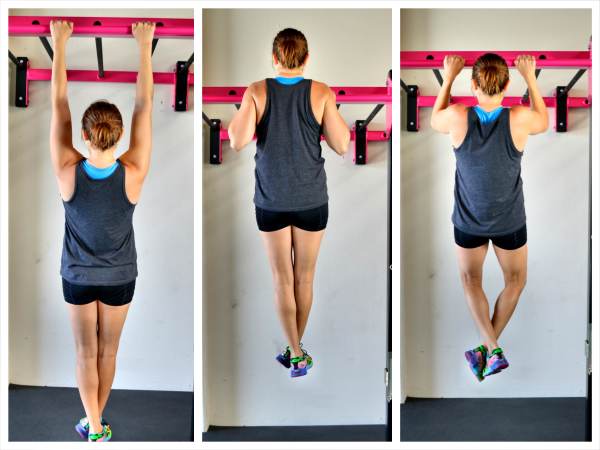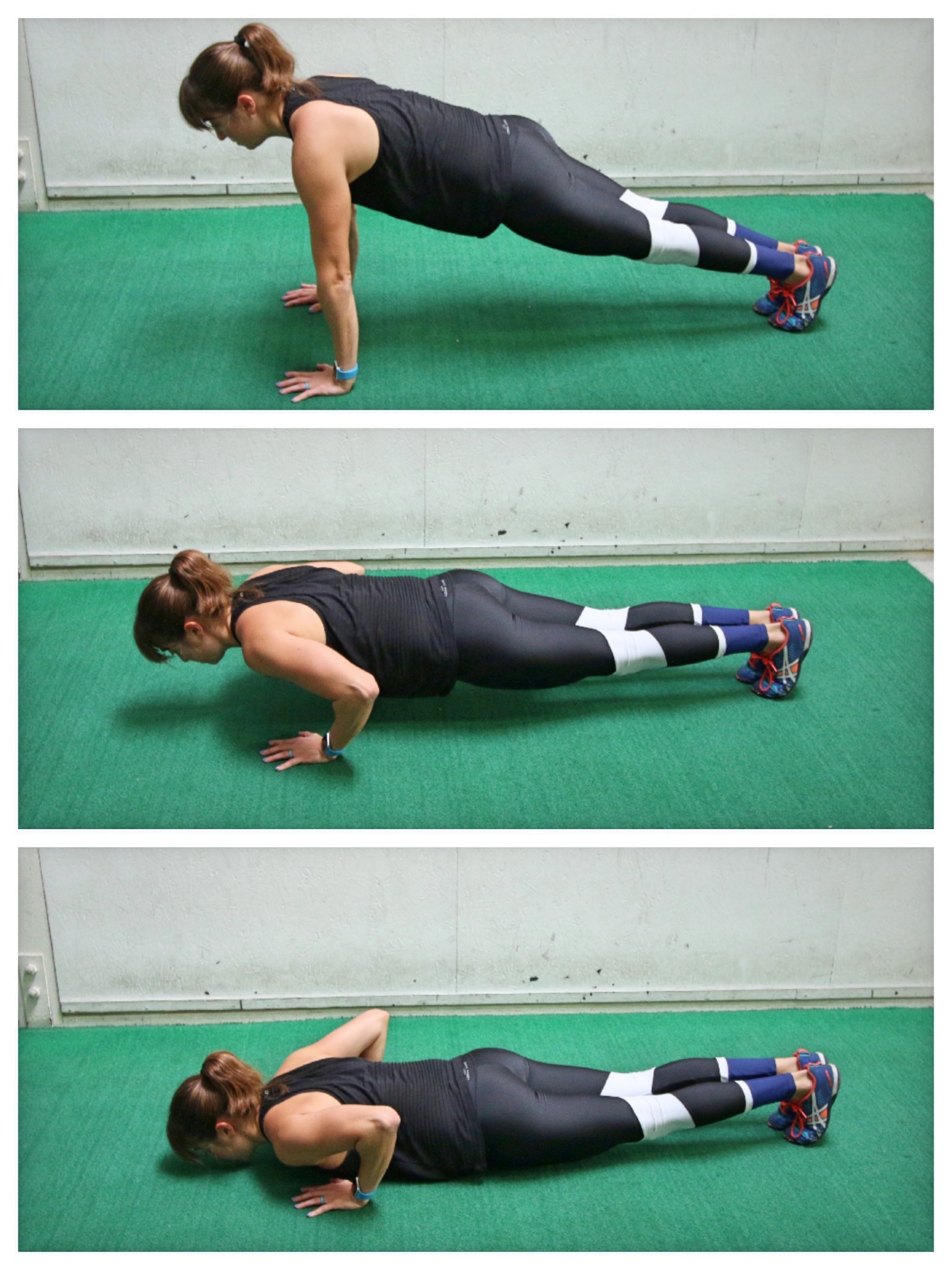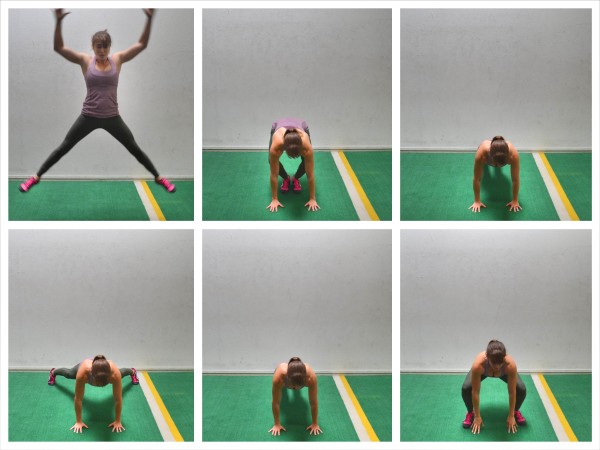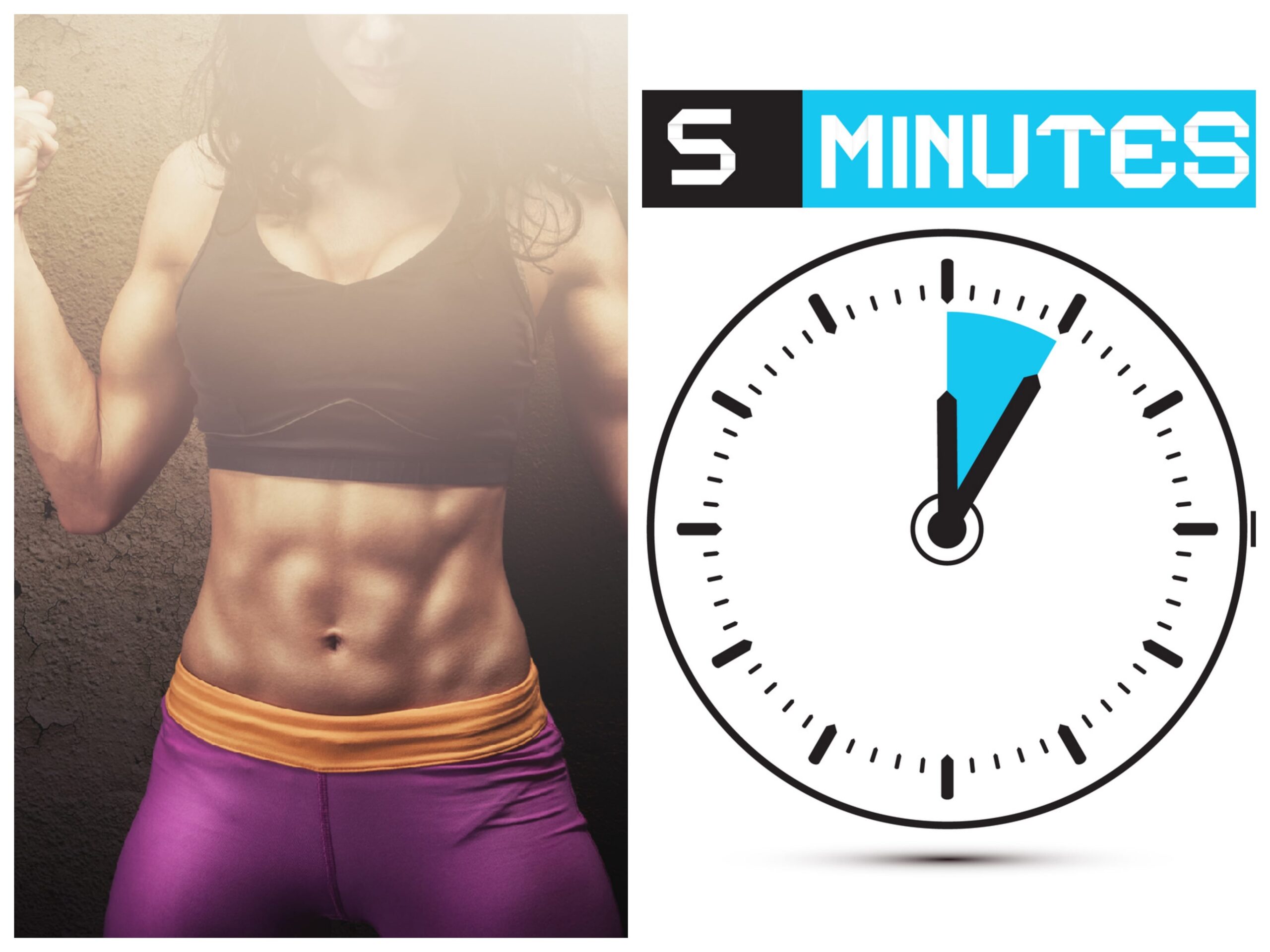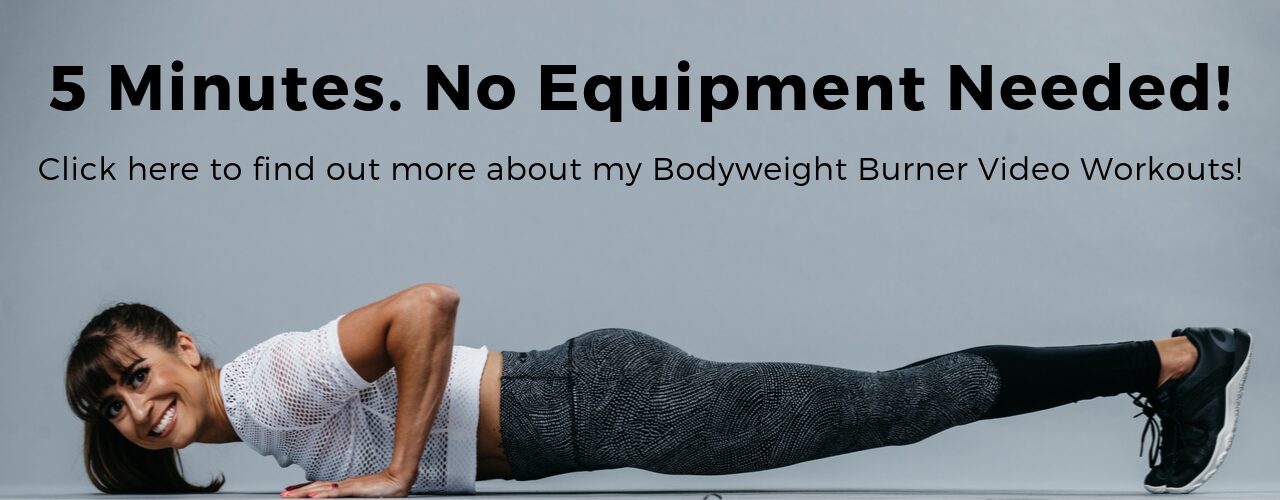
by Cori Lefkowith | Sep 30, 2018 | Blog, Butt, Core, Exercises, Mini Band, Pain Relief, Runner's
It isn’t always about making an exercise harder to get results. Sometimes it is about doing the same, but different.
What that means is that you are doing the same basic movement but with different positioning, for instance doing something seated vs. standing.
This change in positioning is a great way to challenge our body especially with moves that aren’t necessarily meant to be done with heavy loads.
It is also great to improve our mind-body connection to muscles that we may struggle to activate, and muscles with fibers that are actually worked by slightly different movements or when our body is in slightly different positions.
All of this especially applies to exercises for our GLUTE MEDIUS!
Strengthening this muscle can not only prevent and alleviate low back, hip, knee and even ankle pain by improving our stability, but it can also help our glute maximus function better.
This means we can only only build sexy glutes when we work this muscle but also prevent injury and run faster and lift more!
So if you want to strengthen your glute medius, and even the upper fibers of your glute maximus, try these 6 Abduction Exercises to work your glutes from every angle!
6 Abduction Exercises
These 6 moves will work your glutes when you’re lying down, seated, standing, planking and even quadruped!
Include a variety of these as part of your warm up before your runs or lifts, as part of your lifting workout on your glute or leg days or even as a burnout after to really target those glutes for faster results!
Lying Jacks:
If you want to work on your hip extension and abduction aka really work your glute medius and your glute maximus at the same time, you want to use the Lying Jacks!

To do Lying Jacks, place a mini band right below your knees and lie face down on a bench with your hips right on the edge of the bench. To make the move easier, place the mini band above your knees. To make it harder, move it down toward your ankles.
Then engage your glutes to lift your legs up to about parallel to the ground with your legs together. Press your hips down into the bench and make sure that you don’t hyperextend your lower back. Better to have your hips slightly flexed and legs below parallel then to arch your back just to keep your legs up higher.
Holding this position, press your legs open against the band and feel the outside of your glutes working. Then in a controlled fashion, bring your legs back together. You can change the range of motion, bringing them all the way back together or pulsing at the end range of motion for even more of a pump.
If you feel your hips trying to engage you can rotate your toes slightly in or even try squeezing your butt to raise your legs up a bit as you press open.
3-Way Seated Mini Band Abductions:
Work your glutes from three different angles to really create a pump and burn so you can strengthen the entire muscle and really establish that mind-body connection with the 3-Way Seated Mini Band Abductions!

To do 3-Way Seated Mini Band Abductions, place the mini band right below your knees and sit on a bench. Start by sitting toward the front of the bench so you can lean back and put your hands on the bench behind you. Place your feet about hip-width apart.
Then press your knees open against the band as you lean back. Your feet may rock open but focus on using your glutes to press the band open with your knees. Do not let your knees cave in as you come back to the starting position. Complete all reps then move to sit up nice and tall.
Sitting nice and tall repeat, pressing out with your knees so you feel your glutes working. After completing all reps, lean forward and repeat the movement. You can hold on the bench outside your legs to lean forward or just lean over even lightly resting your arms on your legs.
Complete all reps in each of the 3 positions. Make sure you’re really focused on pressing your knees out to feel your glutes while controlling the band back in. To reduce tension, you can start with a lighter band or put your feet slightly closer together, but make sure there is tension on the band even in that starting position.
Fire Hydrants:
This may be a very basic abduction move that we see all over the place, but that is because it is a MUST-DO move! The fire hydrant strengthens your glutes but also your abs!

To do Bent-Knee Fire Hydrants, start on your hands and knees with your hands under your shoulders and your knees under your hips. Flex your feet. Keeping your arms straight and your feet flexed, raise your right leg out to the side with the knee bent to 90 degrees.
As you raise your leg out to the side, you want to keep your ankle in line with your knee and not let your foot get above your knee or your knee go up above your foot. You want to try to raise your lower leg parallel to the ground when you lift your leg out to the side.
You should feel the outside of your hip and glute working to lift the leg to the side. Don’t simply lean away to get your leg up higher. Keep your core tight and lift from the hip using your glute. Hold at the top then lower back down.
Make sure to hold for 1-2 seconds. Do not rush through the lift or simply swing the leg up. Make sure you do not bend your arms to get your leg up higher. Squeeze your butt and make sure you feel it activate.
Range of motion isn’t important as long as you feel your glute working. You may even feel this in the leg you are kneeling on because your glute is working to stabilize. Complete all reps on one side before switching.
You could also do a straight-leg variation to increase the challenge!

Mini Band Alternating Side Steps:
Get your blood pumping a bit and work your glute medius with this Alternating Side Step move! This is a great move to do especially if you plan to do any balancing or hinging movements during your workout!

To do Mini Band Alternating Side Steps, place a mini band right below your knees. To advance the exercise, place the mini band toward your ankles or to modify place the mini band above your knees.
Stand with your feet a few inches apart so there is just a little bit of tension on the band. Push your butt back slightly and soften your knees so you are in a slightly hinged position. Then step one foot out to the side. Step the other foot toward it without fully stepping together and losing tension on the band.
Then step that foot back out and bring the other back to the starting position. Keep alternating steps back and forth, staying in that slightly hinged position as you go. Do not step so wide your knees cave in. Make sure you can really press out against the band.
Mini Band Side Plank Leg Raises:
Work your obliques and your glutes with this move that is perfect if you want to improve your core stability! Beginners can even get great results by doing this without a band to start!

To do Mini Band Side Plank Leg Raises, place the mini band right below your knees, or to modify, right above your knees. Set up in a side plank from your forearm with your elbow under your shoulder and your feet stacked. You can drop your bottom knee to the ground if you need to modify. Lift up into the side plank and flex your feet.
Then, keeping your bottom hip up, hold in that side plank position as you lift and lower the top leg. Control the lift and lower so that the band isn’t controlling you and making you lower quickly. Don’t dip your hip just to kick up higher or really rotate your top toe open. Hold as you feel your glutes working to lift and lower that top leg.
Beginners can also modify by placing their elbow up on an incline or even by removing the mini band altogether!
Side Balance With Forward/Backward Taps:
This move helps build hip stability and core strength. It can also be good to help you slowly improve your hip mobility. And not only will you feel the glute on top working to lift the leg, but you’ll also feel your glute working on your balancing leg to help stabilize!

To do the Side Balance Forward/Backward Taps, set up in the Side Balance position with one knee down and your hand out to the side next to it. You are setting up almost as if you are doing a side plank with the knee in closer. Straighten your other leg out to the side so you aren’t rotated toward the ground.
Keeping your top hand up, lift your straight leg up to parallel to the ground and then kick it slightly back behind you before lowering it down. Touch the ground behind you.
Then lift your leg back up and kick it back forward, tapping your toe down in front of you. You want to almost create a triangle or arch, lifting up center to tap down behind and in front of yourself. Complete all reps on one side before switching.
Really pause at the top and feel the outside of your hip and glute working to lift. Complete a full range of motion, moving slowly. Try to keep your body from really wiggling around as you lift forward and backward.
Ready to work your glutes from every angle to prevent injury and build strong, sexy glutes that help you run faster and lift more?
Learn more about my Glute Camp!
–> What are the Glute Camp Cards!?

by Cori Lefkowith | Sep 25, 2018 | Blog, Core, Workouts
To get in a killer core workout, you don’t need weights or fancy equipment. You don’t need to do a ton of crunches either.
You can get killer results by working your core with BODYWEIGHT unilateral leg moves, hanging abs, planks and bridges.
These moves not only work your abs but EVERYTHING between your shoulders and your knees to help you build functional core strength.
And an added bonus is that by using these more compound moves, especially followed by a more isolated activation series, you can really target that stubborn belly fat and burn more calories during your workout than you would if you spent all your time on crunches and sit ups!
So if you’re ready to get a killer strong, lean core, try this workout below from my 30-Day Killer Core Challenge!
The Bodyweight Core And Leg Workout
ACTIVATION
Complete 2 rounds of the following exercises:
CIRCUIT:
10-15 reps or 30 seconds Pelvic Tilt Progression
30 seconds each side Side Planks
15-20 reps Basic Glute Bridge
15-20 reps Table Top Bridge
WORKOUT
Complete 3-5 rounds of each circuit. Rest only as needed between exercises and up to 2 minutes between rounds if needed. Pick a variation of each move and a rep range that challenges you. Don’t simply do the fewest reps or the most reps. Figure out what challenges you, but allows you to maintain proper form. Rest up to 2 minutes between circuits. Complete all rounds of one circuit before moving on to the next circuit.
CIRCUIT #1:
10-15 reps per side Single Leg Squats
10-15 reps Hanging Pelvic Tilt
10-15 reps per side Plank Hip Dips
CIRCUIT #2:
10-15 reps per side Balance Lunges
10-15 reps Hanging Knee Circles
15-20 reps Glute Bridge Of Box
NOTES
Beginners may need to start with fewer reps and modifications for the exercises. They may also need more rest and complete fewer rounds. Advanced exercisers should do more reps, more rounds and rest less.
For the Single Leg Squats, use the lowest bench possible or use a doorway. Force your legs to do the work.
For the Balance Lunges, you can add weight if you choose, use a higher box or slow down the lower down to a 5 count to make the move harder. Beginners can start with both feet on the ground for a split squat.
For the Hanging Knee Circles, you can also do Hanging Knee Tuck to Twist. And with either you can add in a Pull Up.
Do not add in a Pull Up with the Hanging Pelvic Tilt.
For the Glute Bridge Of Box, beginners will want a lower box than more advanced exercisers. Advanced exercisers may also want to do a Single Leg Glute Bridge Of Box. If you do the Single Leg Variation, try 8-12 reps per side with 15 reps at max.
Learn more about the 3-part process to build a strong core that not only prevents injury but looks amazing!


by Cori Lefkowith | Sep 19, 2018 | Blog, Bodyweight, Core, Exercises
There are some moves we really feel working our abs and core when we do them. But there are others we don’t realize worked certain muscles until we are sore the next day!
These 3 compound exercises are a great way to strength multiple large muscles at once while also really working your core.
They are part of any core program I create because they not only help you burn more calories during your workout by working more muscles at once, but they also help you build strength while targeting your core.
Because a strong, lean core means doing more than just crunches!
Try using these three moves in your routine. The first two are even perfect as part of your upper body day!
Pull Up Holds:
Yup. Pull Up Holds. Now you may be thinking, “I can’t even do one pull up. How am I supposed to HOLD at the top!?”
A. Often if we set at the top we can perform short holds even if we aren’t yet able to complete a full one.
B. These holds can be done at the top, middle or even as an active hang at the bottom.
C. You can do them with your foot down for assistance so you take on as much weight as you can handle!
But pull ups are a more core intensive movement than we give them credit for. It’s why if you want to improve your pull ups, you also need to work on your core strength.
Or if your goal is a strong, lean core, you should also include some pull up work in your core routine. They will work not only your biceps but also your lats, serratus anterior and abs!
To make a hold even more intensive, if you’re ready for a challenge, you can add in bicycles or leg raises or knee tucks as you hold at the top!
The three basic Pull Up Holds are:

- Dead Hang – To do the Dead Hang, grab the bar with your hands about shoulder-width apart. Your palms can be facing toward you or away. Then hang from the bar with your arms straight. Your shoulders will be a bit raised as you hang from the bar. Press your chest up and out as you draw your shoulder blades together. Feel your shoulders sink down and your neck elongates as you retract your shoulder blades and hold. You should feel your back work as you hang. If you struggle with this, you may need to start with just a basic hang.
- Mid-Pull Up Hold – The Mid-Pull Up Hold is where you hold with your arms bent to about 90 degrees. Grab the bar and either pull up or set up with your arms bent to 90 degrees. Then hang, keeping your arms bent and chest pressed out. Don’t shrug or tuck your head as you hold. Really try to lead with your chest and feel the muscles of your back working. You can do a “mid” hold from really anywhere between the Dead Hang and full Pull Up and Hold.
- Pull Up and Hold – To do the Pull Up and Hold, set up at the top of the Pull Up with your chin above the bar and your chest pressed out. Hold here with your chin over the bar or even the bar at your chest. Keep your core tight and let your legs hang down as you hold your chin above the bar. Make your back and core really work with this move. Do not let your shoulders start to shrug as you hold. If you start to lose the hold, lower yourself down as slowly as you can and then perform a dead hang for a few extra seconds. If you can’t yet handle your full weight for the hold, lightly touch a foot down to the ground.
Push Up Holds:
Push Ups are basically moving planks that also work your chest, shoulders and triceps.
And when you HOLD at different points in the push up, you force your abs, and core in general, to work hard to maintain that nice straight line from your head to your heels.
Not only will you feel your abs and upper body working, but you’ll even feel your quads, inner thighs and glutes potentially working!
And if you can’t yet do a full push up from your toes, you can do these off an incline even for the best results OR potentially set at the position and perform shorter holds! Knee push up holds are also an option, BUT an incline is better for a more core-intensive movement!
The three basic Push Up Holds are:

- High Push Up Hold – Use this hold to improve your lockout and strengthen your core and shoulders. To do the High Push Up Hold, set up at the top of a push up with your feet together and your hands under your shoulders but outside your chest. Your body should be in a nice straight line from your head to your heels (with your legs straight). Engage your abs, glutes, quads and back. Do not shrug your shoulders. Make sure your legs are engaged and you are driving back through your heels not coming forward onto your toes. Do not tuck your chin. To regress this move, hold from your hands and knees.
- Mid Push Up Hold – This is a great move to work your core, chest, shoulders and triceps. This move will be harder on your core than the high hold because you have to keep it even as your chest, shoulders and triceps ares struggling to work. Set up at the top of a Push Up with your feet together and your hands under your shoulders and just outside your chest. With your body in a nice straight line from your head to your heels, bend your elbows to about 90 degrees and lower and hold. Do not let your hips sink or your butt go up toward the ceiling as you hold at that mid-point. Do not tuck your chin or let your elbows flare way out. You want your arms and body to create an arrow shape. Hold as close to 90 degrees as you can. Regress the hold by doing it from your knees.
- Bottom Push Up Hold – This is the hardest of all three holds because you’ve got to keep everything engaged while holding an inch off the ground. This hold is great if you struggle to keep your core engaged as you press back up from the bottom of a Push Up. This is actually a great hold for any beginner looking to achieve their first full Push Up from their toes. To do the Bottom Push Up Hold, set up at the top of a Push Up and then, keeping your body in a nice straight line and everything engaged, lower down until your chest is an inch off the ground. Make sure to engage your glutes and quads to keep your body in a nice straight line. Do not tuck your chin, let your hips sag toward the ground or your butt go up in the air. Do not let your elbows flare way out as you hold. You can also do this from your knees or off an incline even. Really focus on engaging your entire core as you hold.
Jack Burpee:
Burpees are not only killer cardio moves, but can also be used to target a variety of muscles. And the Jack Burpee is a great way to work your abs more as well as even your glutes!
Because you have to hold that plank position to perform the plank jack, your core is going to spend extra time under tension. And the plyo jack at the top will not only help get your blood pumping but also even work your glutes a bit more.
Beginners may modify the move by stepping instead of jumping and may perform a basic jumping jack or even step jack.

To do the Jack Burpee, start standing with your feet together. Then bend over and place your hands on the ground as you jump your feet back into a high plank position with your feet together.
From that high plank position with your feet together, jump your feet out wide. Do not let your butt go up in the air as you jump your feet out. Jump your feet back together then jump your feet into your hands and come up back up to standing.
As you lift your hands and come back to standing, perform either a basic Jumping Jack or a Plyo Jumping Jack. If you do the Plyo Jack, you will jump up off the ground as you spread your legs wide and swing your arms up to the side and overhead.
To regress the movement, step back into a plank position instead of jumping back. You can also step your feet out to the side and back in when doing the Plank Jack. And at the top, perform a Basic Jumping Jack or even no Jack at all.
The quicker you do the movement and the bigger and higher your Plyo Jack is at the top, the harder the move will be.
There are 3 parts to a proper core training routine – Activate, Integrate and HIIT. These three moves are perfect to Integrate. To learn more about all three components, click here.
Learn how to Activate, Integrate and use HIIT to build a strong, lean core!

by Cori Lefkowith | Sep 17, 2018 | Blog, Workouts
Sometimes you just want a little something to ENHANCE your results – to give you that little edge without you completely having to change your routine.
This is when you add in what I call BURNERS.
What Are Burners?
Whether you call them a finisher or burnout instead, these quick routines are done at the end of a workout.
But if you’re designing a workout, why would you add in something “extra” instead of just including all the work in a normal circuit or as part of the routine?
Because when you set aside time for a Burnout, your primary focus isn’t on increasing the weight you use. It isn’t on increasing reps or sets or improving your endurance.
It is purely on BURNING OUT your body.
Whether you’re using it to blast fat, improve your work capacity or make sure no muscle fiber is left untrained, it can be that quick intense blast to make sure you’ve used all the time you have to workout to the max!
How To Design A Burner:
Burners should be about 5-10 minutes long. They may be shorter the more isolated your focus.
They can use everything from isolation exercises, if your Burner is meant to focus on a specific muscle, to compound and hybrid moves especially if you want metabolic benefits.
You will minimize rest during your burner because you want to create a high training density to end your workout. And your intensity should be high if you want metabolic benefits.
Timed Circuits and Intervals often work best.

When Should You Include A Burner?
When you add a Burner to a workout, you want to have designed the workout KNOWING you planned to add a burner in.
Too often Burners are an afterthought, but for them to work and complement the routine and our goals, they need to be designed with a purpose.
Especially if burning fat is your goal!
Burners can be done to help you burn fat through using intense exercises and interval training.
So if you’ve worked areas earlier in your workout you wouldn’t mind losing fat from, adding a metabolic Burner at the end could be a great way to make spot reduction work for you as much as possible!
Or say you’re struggle to build muscle in specific areas?
Planning in a Burner for extra work on those muscle groups can be helpful.
You may use this targeted muscle burnout on the same day those specific muscles are worked or you may even include it on a day you’re working something completely different. Using the Burner on a different day, helps you get in extra training frequency during the week WITHOUT overtraining.
For example, the glutes are a large, powerful and strong muscle. If you are really trying to build and strengthen them, an extra targeted session for them can be helpful.
Even if you don’t have extra days to workout, you could increase your training frequency for your glutes by including a Glute Burner even at the end of an upper body day!
So while Burners can target muscles worked during your workout, they can also work opposing muscle groups or even a different hemisphere altogether!
So if you want that little bit EXTRA to get better results FASTER, consider adding in a burner!
Try this Burner if you’re looking for a little extra core work –> The Lower Ab Burner
OR if you’re ready to start designing your OWN burners and workouts that help you train SMARTER to reach your goals FASTER, check out these tips from my Training Black Book!

by Cori Lefkowith | Sep 10, 2018 | Blog, Recipes
Whether your a vegetarian, or just not that huge a fan of chicken or meat in general, you can still get in your protein AND lots of vegetables.
Eggs, or even egg whites if you want something a little lower fat to hit your macros, are a great source of protein!
So if you’re looking for a delicious protein-packed meal, try this Spinach And Sun-Dried Tomato Omelet Sandwich from my 6-Week Macro Cycling Shred!
Spinach And Sun-Dried Tomato Omelet Sandwich

Servings 3
INGREDIENTS:
1 Jalapeno Pepper
3 slices of 100% Whole Wheat Bread*
1/4 tsp Black Pepper
1/4 tsp Salt
50 grams Sun-Dried Tomatoes
6 cups Organic Baby Spinach Leaves
2 1/4 cups 100% Liquid Egg Whites
DIRECTIONS:
Coat a medium (10″) non-stick pan with olive oil or coconut spray and heat over medium heat.
While the pan is heating up, cut the jalapeno in half, remove the seeds and chop very finely. Also chop your sun-dried tomatoes and place it all to the side.
Add the egg whites to the now hot pan and swirl it around a bit to spread the egg whites evenly over the entire surface of the pan. Sprinkle in the jalapeno, tomatoes, salt and pepper, covering the entire surface of the omelet.
Swirl a bit more then lower the heat and cover loosely while cooking for 3-4 minutes. You want the egg whites almost completely set and opaque.
While your omelet is cooking, chop up your spinach finely and even put the leaves in the microwave for about 25-30 seconds to wilt slightly. Now would also be a good time to toast your bread if you want it toasted.
When your omelet is fully cooked, remove it from the heat and add in the spinach, placing it in the center. Fold the omelet over the spinach to create a little “package.”
You can then cut the omelet and spread evenly over the 3 pieces of toast to enjoy!
* If you are gluten-free you may select a gluten-free bread or even place over sweet potatoes. Just make sure to adjust your macros for any swaps!
MACRO BREAKDOWN (for ingredients listed):
Calories: 251
Protein: 28 grams
Carbs: 27 grams
Fat: 2 grams
Enjoy!
Want more delicious macro-friendly meals to help you increase your protein and get the lean, strong body you’ve always wanted? Learn more about Macro Cycling HERE!
